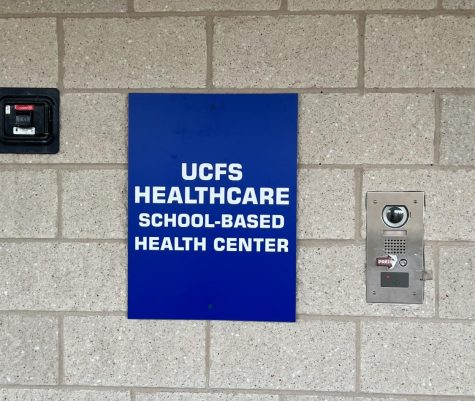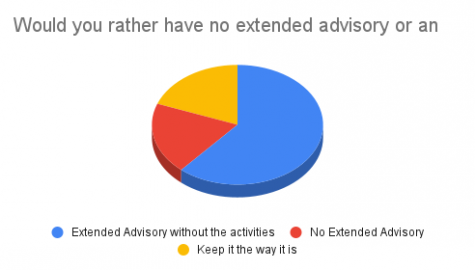Upcoming SAT Changes
April 12, 2022
The College Board announced that starting with the class of 2025 the SAT will move to a fully digital format. Driven by changing learning practices and college admission requirements, the exam is not just moving to a computer. Instead it is being completely redesigned to better fit the learning environments students are facing today.
Starting with the PSAT in the fall of 2023 and following suit with the SAT in Spring 2024, the exam will be administered fully on a computer/tablet. The largest changes will come with the format of the test. Although it will still be scored out of 1600, there will now be 2 sections instead of 4. These two sections will still consist of reading/writing and math, however the language portion will now contain shorter, more relevant passages, and the math section will allow calculators on all questions. WHS Senior Avital Goldberg-Curran thought “College Board’s updates to the SAT are inclusive and beneficial for students. Online testing will be less stressful and more inclusive for all types of students, as the new model anticipates and accommodates different learning needs.”
The move to online also shortens the exam from three hours to two, due to the pre and post test information requiring less time in the online format. Students can use any of these devices that they own/their school issued, or the College Board can supply one. If the battery dies, examinees may plug their devices back in and resume in the place and with the time they had before the interruption.
WHS students specifically will benefit from an updated exemption policy that goes into effect this coming school year. A new goal score system will exempt students from their English and Math finals if they score a 480 on the English portion or a 490 on the math portion of the SAT. If a student was below goal on the PSAT and they reach the goal on the SAT, they will be exempt from the final and will earn a 95% on the final exam. If a student was below goal on the PSAT, remained below goal on the SAT, but improved their score by 40 points, they will be exempt from the final but will not earn a percentage grade for the exam. Similarly, if a student was at goal on the PSAT, and remained at goal on the SAT, they will be exempt and won’t earn a letter grade. If a student was at goal but increased their score, they will be exempt from the final and earn a 95% on the exam. When asked about the upcoming changes, English teacher Mrs. Peluso stated: “Hopefully, we will see an increase in SAT scores with an incentive in place. It gives students something to strive for or maybe work a little harder than they did before.”
Some students could find new exemption beneficial, but for some it increases the inequalities in the classroom. A WHS senior stated: “The school’s implementation of SATs to classroom grading will be detrimental to many students. Standardized testing is by no means an accurate representation of intelligence, and integrating standardized test scores into final exam grades, will create major dissonance as students who typically excel in classroom testing may not in a standardized setting and vice versa. Although this type of motivation sounds great on paper, it gives unfair advantages and disadvantages to different students.”















